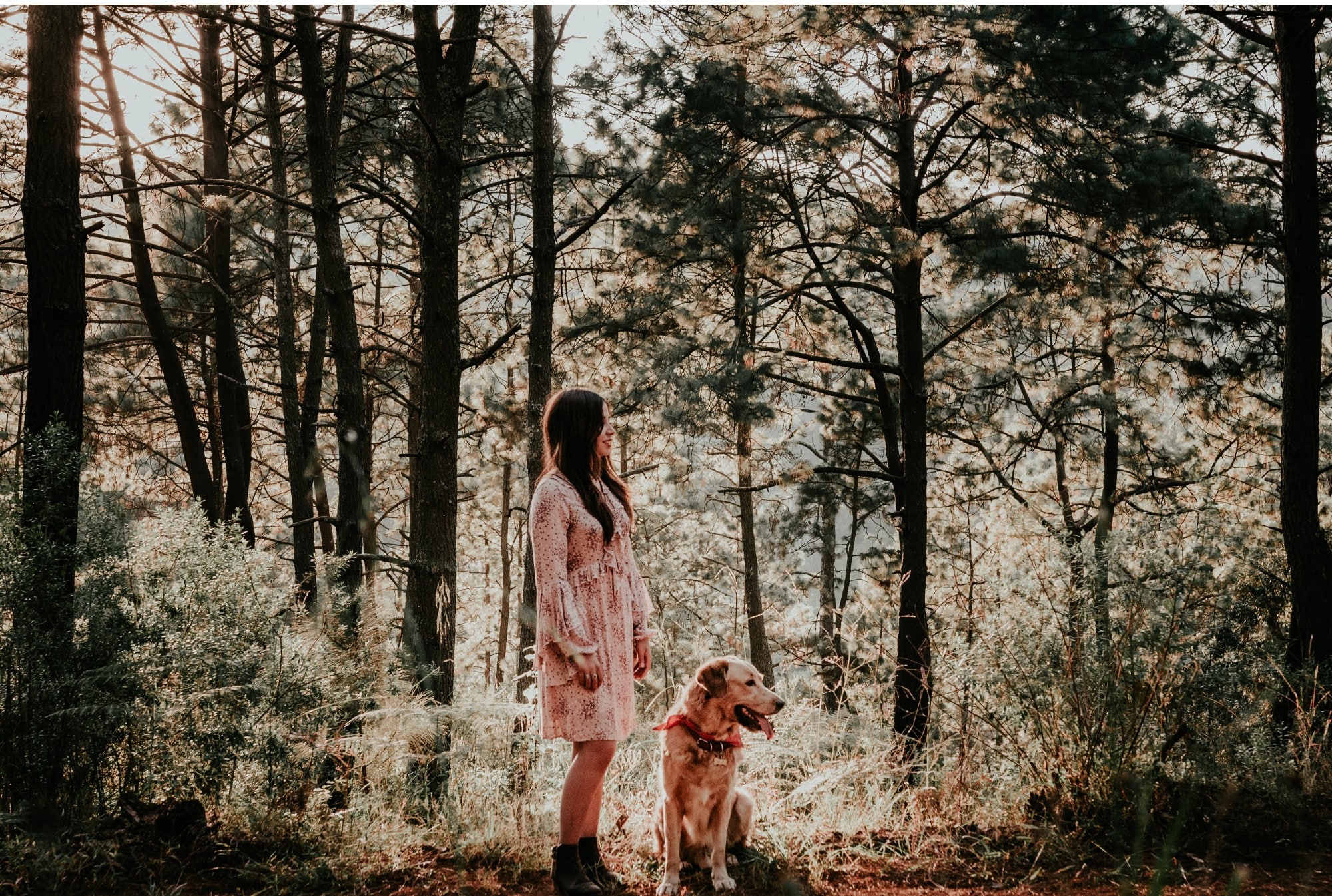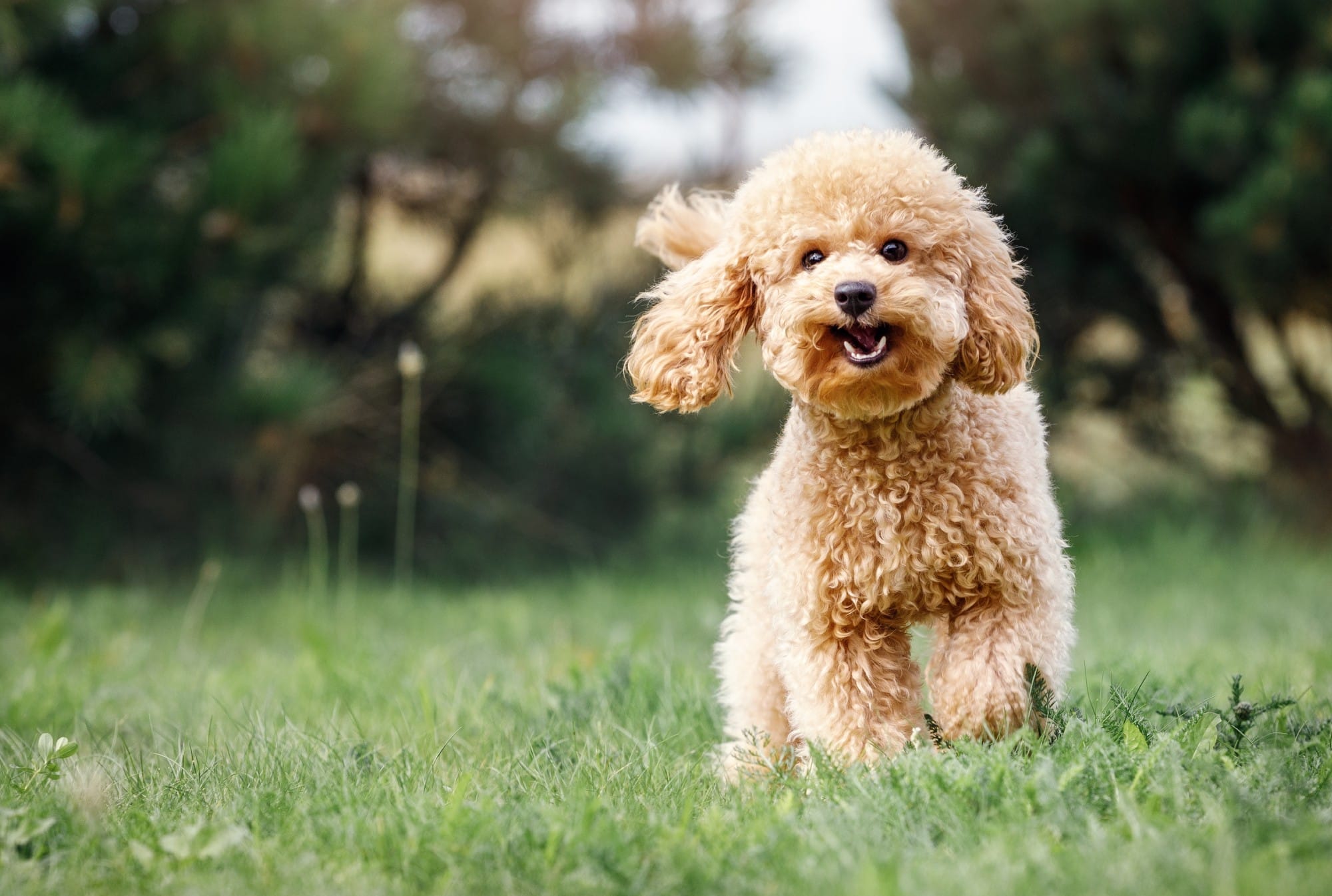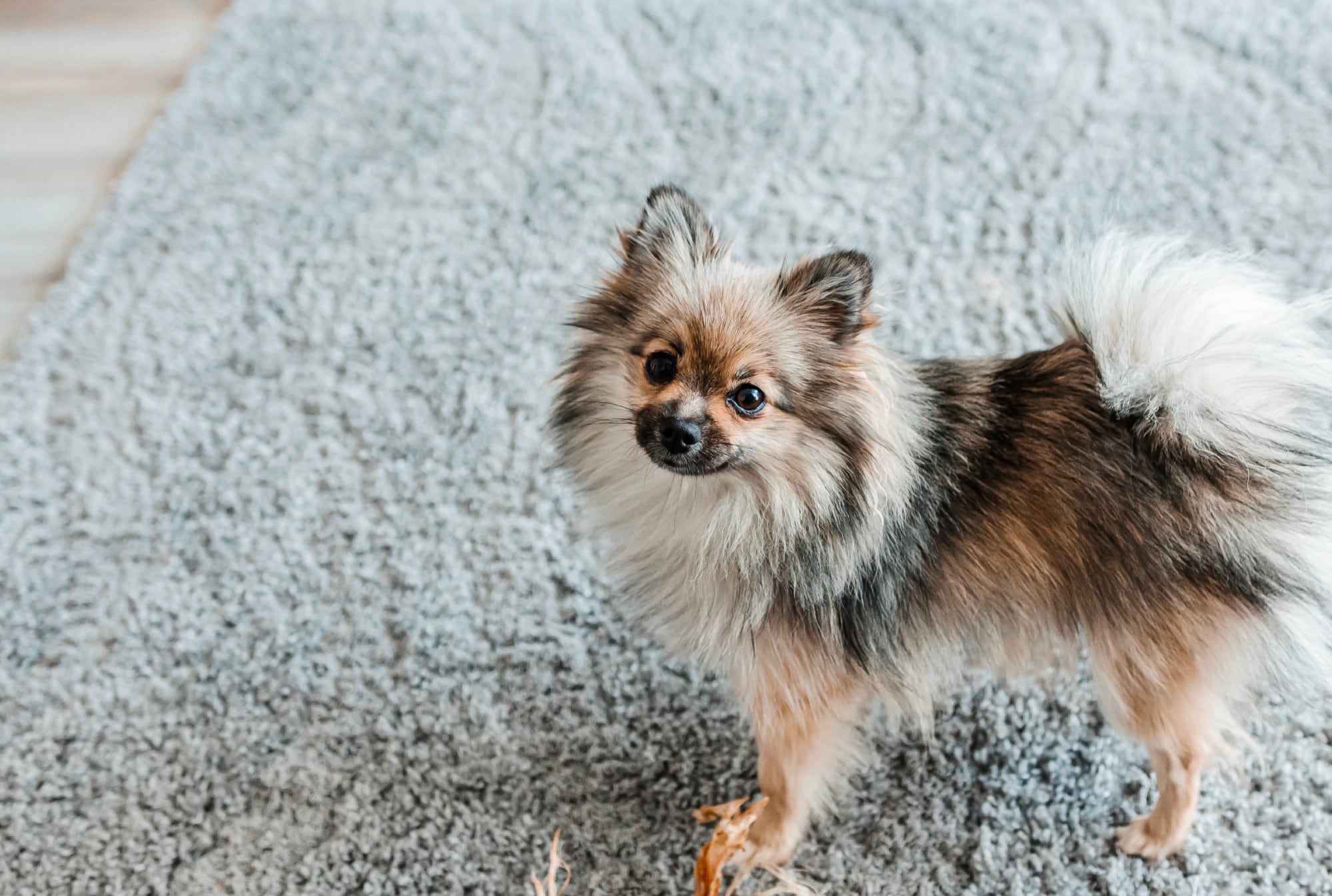We all have to bring home the bacon, and many of us do that by working all day outside the home. But that doesn’t necessarily mean you can’t enjoy the unconditional love of a dog during your working years — as long as you’re willing to make some lifestyle changes.
“I think it’s important to keep in mind that we bred dogs specifically to work with humans,” says Lauren Novack, associate certified behavior consultant at Behavior Vets in New York City. “So no matter what kind of breed you have, they were bred with the purpose of working with us, which means spending a ton of time with us.”
Now those dogs are often spending anywhere from eight to 12 hours a dog alone in an empty house while their human caretakers work, she says. And that is not healthy for most dogs.
“Dogs are social companion animals and just like humans, thrive with a lifestyle that meets basic emotional needs, as well as mental enrichment,” explains Jessica Gore, certified professional dog trainer and founder of Competent Pup in Los Angeles. “Dogs that get left alone for many hours with nothing to do or to occupy their minds may be negatively affected.”
Related: How to Make Your Dog Feel Comfortable In a New Home
This translates into chewing inappropriate things in the home like your favorite pair of pumps to your living room sofa. Out of boredom or separation anxiety, dogs have notoriously gone where no dog has gone before. Sometimes that’s cute; other times, not so much.
Still, you don’t have to be unemployed or wealthy to have a dog — as long as you make accommodations to keep your pup happy. Just make sure to have a plan in place before bringing home Fido.
Can Puppies Be Left Alone All Day?
The short answer to this question is no. There are a number of important reasons for this.
Socialization is mandatory to raise a well-adjusted puppy. According to the AKC (and most dog experts), the best time to socialize a puppy is from 7 weeks to 4 months of age. This period can permanently affect how your dog reacts to his environment.
Socialization is the process in which you expose your dog to as many sights, sounds and smells as possible. You should bring your pup to stores that allows dogs. You should walk your dog on different ground surfaces. You should introduce your dog to a wide variety of people of different ages and appearance, such as men with beards, people wearing glasses or baseball caps, people in wheelchairs or walking with canes.
This means that you need to be with your puppy as much as possible, walking around and experiencing the world.
Puppies need a lot of attention, and they need to be trained. The general rule is that dogs can be left alone for the number of months in age. So, a dog who is two months old will need to be taken out for a bathroom break every two hours. A four-month-old puppy can usually control their bladder for around four hours.
Adult dogs over 18 months of age can usually be left alone without negative consequences (depending, of course, on your dog) for up to six hours.
So, if you have a demanding full-time job, and you can’t take off a significant chunk of time, consider adopting an adult dog. But even adult dogs will not be happy being on their own for more than a few hours a day.
Do Right by Your Dog If You Work Full-Time
The good news is that you can have a well-adjusted dog and work full-time — as long as you provide necessary services for what your dog needs.
First, consider the individual dog and the dog’s breed. Do your research, as some breeds have much more exercise requirements than others. (A French Bulldog’s needs will be quite different than a Border Collie’s.)
Related: Now There Is a Robot to Entertain Your Dog While You Are Away From Home
A dog who is well satiated mentally and physically and has their needs met should sleep on average 15 to 17 hours a day, Novack notes. So, for many breeds, you can work a long time during the day, as long as you exercise your dog and provide mental stimulation when you are home.
“The question you have to ask yourself is, are you getting up in the morning and taking your dog for an hour in Central Park for off-leash time or to the dog park? Are you taking them on an hour long walk or doing some training games with them to really satisfy their needs? What are you doing with them when you get home?” she says.
And if you are still concerned about if your dog needs more stimulation, consider observing her when you aren’t home. Novack suggests putting a camera on your pup when alone to see what’s going on. Look for signs that your dog is anxious, such as an inability to rest, or staring at the door or excessive panting.
If you see these symptoms, your dog needs more social time, exercise and/or mental stimulation. If you can’t increase the morning and evening walk, consider finding someone who can give you a helping hand.
Here are a few options:
- Hire a dog walker.
- Hire a dog sitter.
- Take your dog to work.
- Take your dog to doggy daycare.
Hire a Dog Walker. “Interview any potential pet care providers to make sure it’s a good fit first,” says dog trainer Gore. “Dog training and other dog-related fields of work remain unregulated in the United States, so even ‘dog professionals’ may just be using their own techniques based on ideas they have about dogs.”
She suggests looking for a knowledgeable dog-walking professional with good references and some familiarity with the science of animal behavior. “Dog walkers who are familiar with the concepts of classical and operant conditioning, and know how to implement these tools effectively, will treat your dog humanely and understand how to handle issues or events that can take place during dog walks.”
Arrange for at least one walk in the middle of the day. If you’re going to be late getting home, it’s helpful to have a dog walker on standby for potential evening walks too.
Doggy Day Care. Taking your dog to daycare is only a viable option if your dog enjoys socializing with a pack of dogs, particularly dogs that they’ve never met before as new dogs will be joining the crowd over time.
“Facility-type daycares should be thoroughly vetted if a pet parent finds that is the only option for them,” says Gore. “Again, there are no real regulations in place for doggy daycare facilities, which may not be practicing safe methods, or have actual certified professional dog trainers on staff.”
Novack also suggests finding a daycare with video surveillance. “You should be able to look in and see what’s happening at any time, which is really important to ensure that staff members are treating dogs kindly.”
There should also be enough room for the dogs to play, good ventilation and the facility should be clean. “You need educated staff members who are able to assess what appropriate play is,” says Novack.
It’s also important for a daycare to institute nap time. “It’s not normal for dogs to just be thrown into a room with a bunch of other dogs that they don’t know and left to their own devices for 8 to 12 hours,” Novack says. They need to have breaks, including a place and time to snooze.
Take Your Dog to Work. More and more offices are allowing employees to bring their pooches to work. If you’re lucky, and your dog is well-trained, you will be able to spend your working hours with your pooch hanging out nearby.
If your office hasn’t realized the benefits of dogs at work, consider suggesting the possibility. There’s plenty of information available about how management can turn your office into a dog-friendly paradise.
Hire a Private Dog Sitter. Having a high-powered job doesn’t necessarily preclude dog ownership. If you work extensive hours beyond the typical eight, the best option (if you can’t bring your dog to work) is to find a trusted dog sitter.
This can either be a professional or someone you know in the neighborhood who is knowledgeable about dogs. A neighbor who has a dog and works from home, or even a local teenager who volunteers in an animal shelter may be over the moon to have an opportunity to take care of your pooch.
If you live in a neighborhood with tons of dogs, you may be able to find someone appropriate in your own building or across the street. But don’t just pick anyone off the street. Ask around and get references. You should feel completely comfortable entrusting this person with your dog’s well-being. This is a great option for dogs who aren’t cut-out for daycare.
Caring for a dog doesn’t mean you can’t work out of the home, but it does mean you are still responsible for your dog’s happiness.
Related: Want to Make Your Dog Calmer at Home? Consider Feng Shui.



















